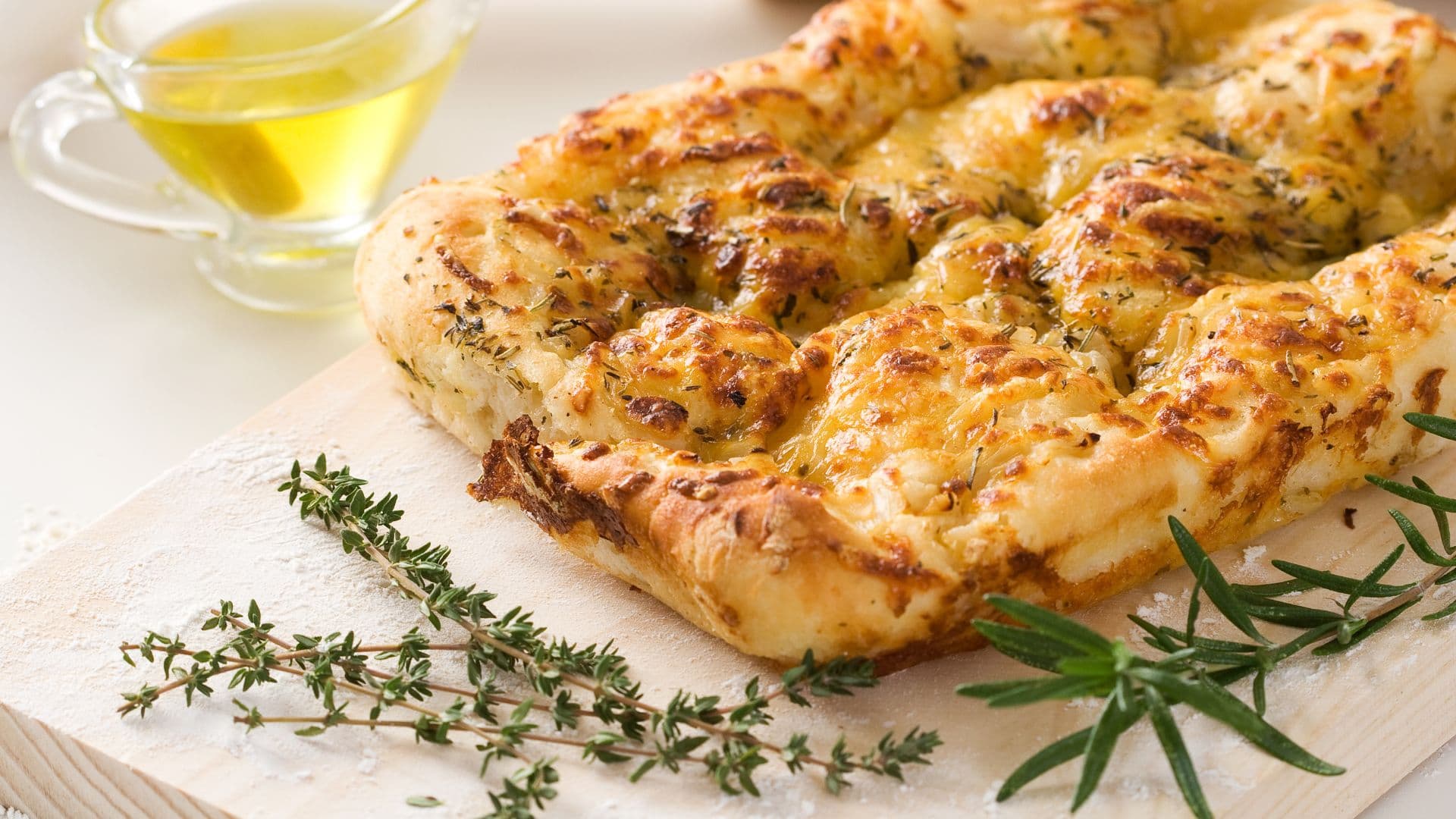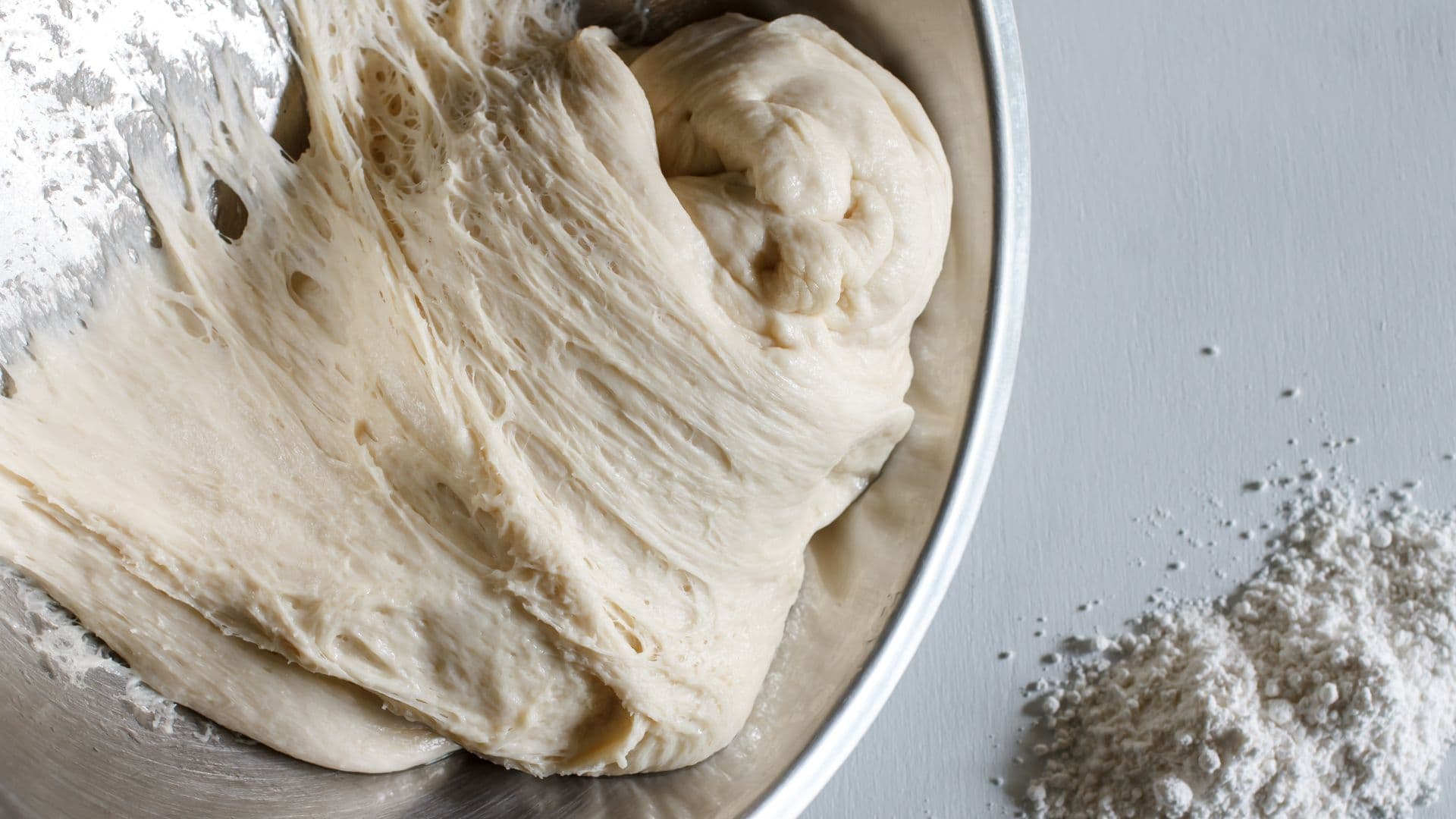Focaccia
Master high-hydration dough with this olive oil-enriched Italian bread. Learn handling techniques for wet doughs while creating a versatile bread perfect for sandwiches or accompaniments.
The secret to great focaccia lies in understanding three key elements: creating a very wet, extensible dough that yields an open, airy crumb; mastering the dimpling technique that creates those characteristic wells for oil and flavor; and knowing how different toppings behave in the oven's heat.
Unlike some breads that hide other ingredients besides the dough within, focaccia celebrates them on its surface, creating a harmony between bread and topping that's both rustic and refined.
Equipment Needed
- Kitchen scale
- Metal oven dish

